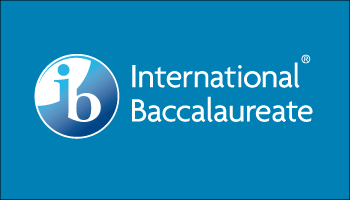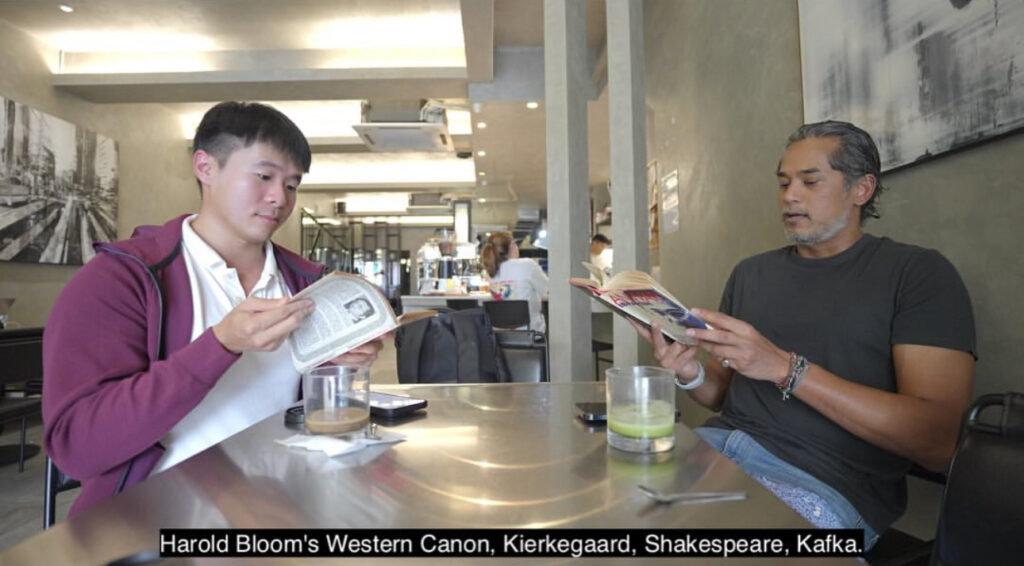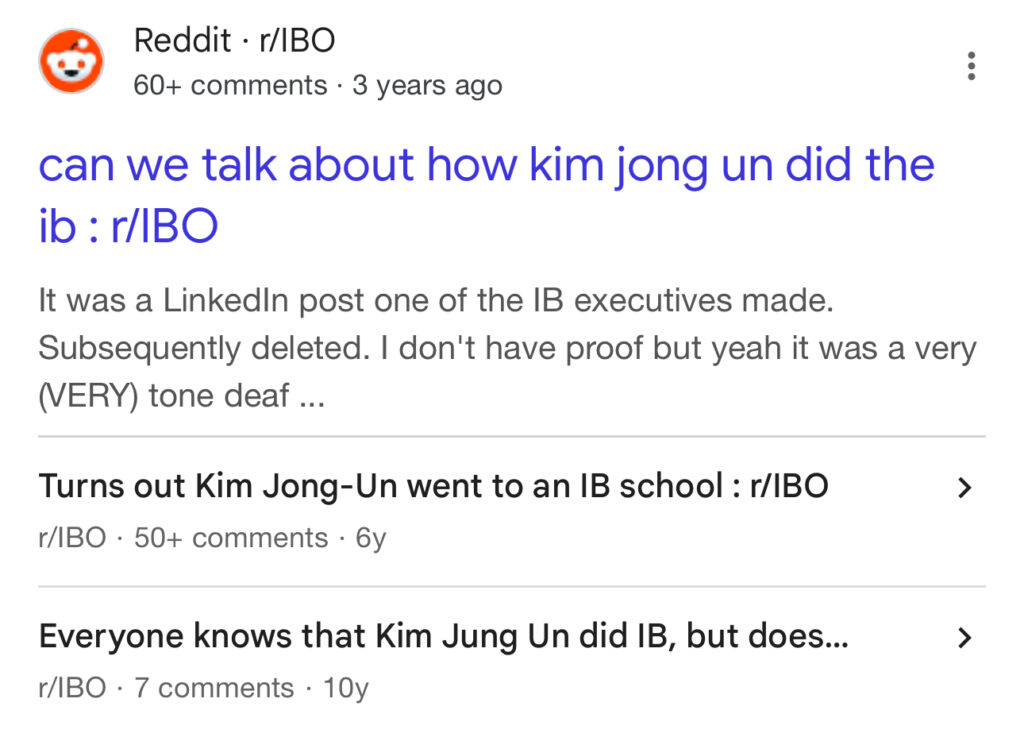Sepupus, it’s been a minute! Haven’t been posting videos for a while because I was working on Sepupunomics (read: To serve you!), but here we are with a brand new update featuring some of our acquaintances from PAS that’s giving ✨racial discrimination ✨, which has been completely fair game for economics since Gary Becker’s The Economics of Discrimination.
Now, why am I writing this?
Essentially, Malaysia got its very first Malaysian Chinese three-star general in the country (Congratulations, Datuk Johnny Lim!), and then immediately, as with most problems in Malaysia… PAS.
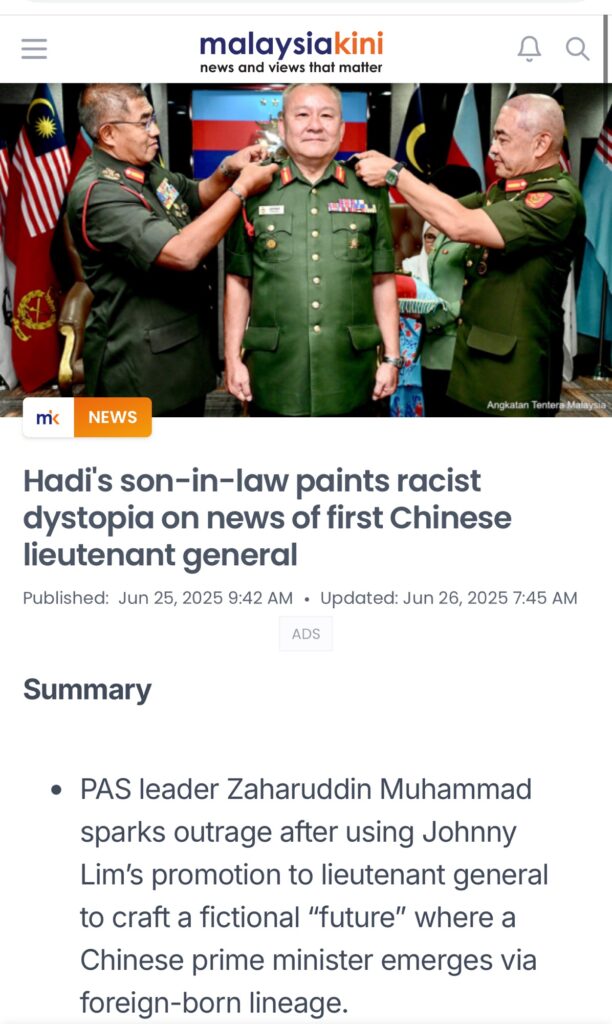
PAS’s Zaharudin Mohammad, who is also an in-law of PAS president and communism accuser Hadi Awang, came out and started undertaking wild speculations about Chinese prime ministers and the lot, feeding into the racial frenzy, imaginary fear of oppression, and rabble-rousing that the party is so famous for using in lieu of any sort of measurable, tangible economic success or semblance of intelligent decision making.
Speaking of intelligent decision making, seems like even though he tried deleting his Facebook post, Zaharudin didn’t make the intelligent decision of removing his Instagram post, which I reproduce here.
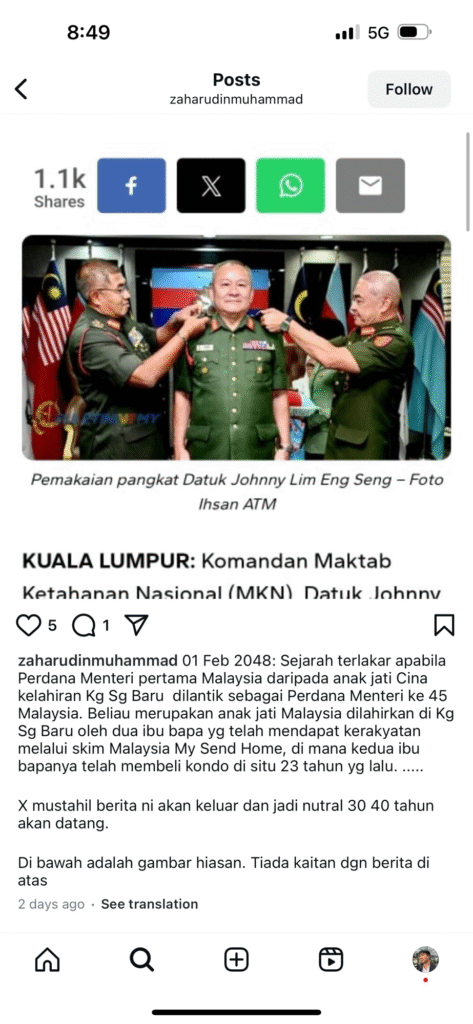
Meanwhile, he is just casually saying now that what he wrote was taken out of context.

I find that interesting. How and in what way was it taken out of context?
How do you even take something out of context when you established the context very clearly, and in what way was it not related to the context? Is there genuinely no relation? I wonder.
Well, if it was not related to the context because he was just writing in an incomprehensible way while expecting his piece to somehow go viral or go completely off into the stratosphere, I think that he’s got something else coming there – I also find it funny how he proceeded to delete the Facebook post but left the Instagram post intact. If he forgot, then he’s incompetent. If he left it up, then I suppose it’s pretty obvious that he’s just intentionally baiting us. Neither is a good sign.
Update: He tried to come up with a justification. He also cropped the picture and tried to hide the fact that he misspelled “My Second Home” and cannot even get simple facts correct lmao.
But is this just a Zaharudin thing?
Before you ask about whether discrimination exists in Malaysia and before you meet any Malaysians who ask if you are crazy for asking this question…
Yes, discrimination 100% exists and it is a widespread thing – you can already see it in the comments below.
Oh, did you need a trigger warning? Here’s your trigger warning.
Now, confront reality.
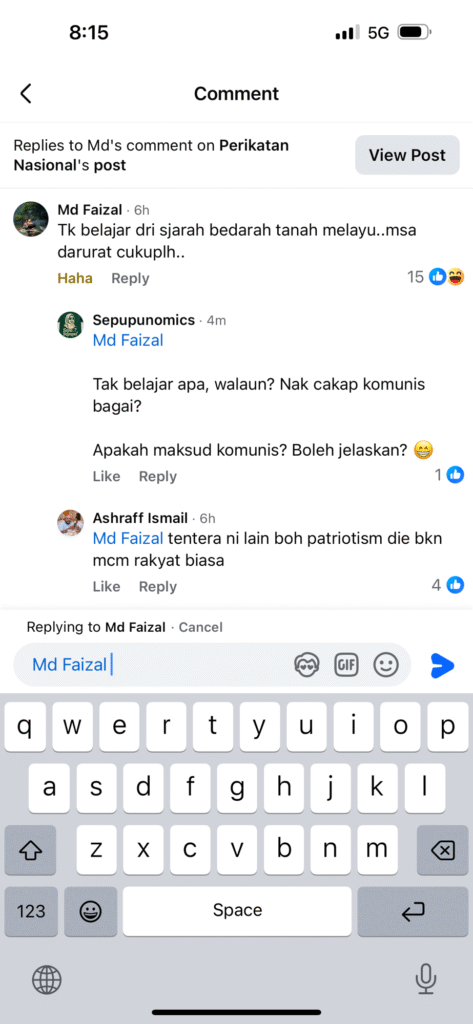
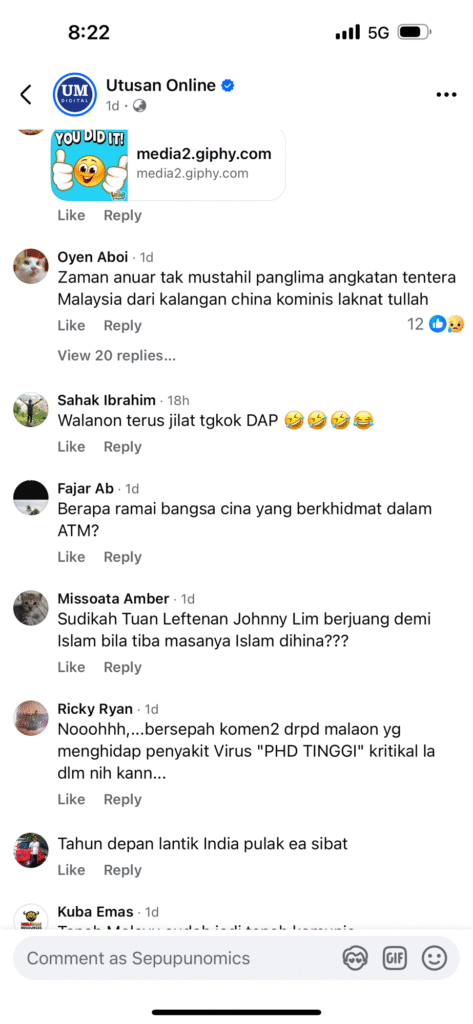
What did you learn from that wonderful sampling of comments?
These are real comments from people who are not Zaharudin.
These are people who seem to have all these suspicions and hears about Chinese people and who will mock Chinese people, lie about Chinese people, express paranoia about Chinese people or about people from other races, and thrive in calling Chinese people communists whether that’s true or not, while casually suggesting that Malaysians are communists and do not deserve their positions.
The thing is, whether they even understand what communism is is beyond a convenient label for Chinese people deeply suspect, and frankly, this is just scratching the surface – Not even close.
How is this related to Economics?
Discrimination is deeply relevant to Economics, given that discrimination is the differential treatment of individuals or groups based on perceived group membership, rather than individual merit.
Discrimination shapes how resources are allocated in our society by others, and it also shapes our view of ourselves and what seems logical for us to do when we ourselves allocate resources, whether we invest our time into an endeavor, our money into a business, or our presence within a country.
So, what does it mean when people and the politicians that they elect support, favour, and facilitate discrimination with no qualms or compunction?
Politicians or elected representatives are in charge of constituencies. They decide how resources will be allocated for their people, how they will fight for their people, and how in turn they will fight in order to push forward the nation as a whole. In deciding intelligently or at least that’s how it’s supposed to be how the nation’s resources income from taxation dividends and everything else will end up giving Malaysia the best possible future.
If you elect people like this, they are the ones who are going to make decisions about how government budgets will be spent.
They will be the ones planning out what’s going to happen in the country, and they will be the ones who decide on the long-term vision of your country’s development.
Now here’s a question for you:
How confident do you feel about leaders like Mr. Zaharudin in terms of how they could potentially steer Malaysia as a country?
Let me be frank here, I am not confident in them at all.
Just look at this person. He cannot write properly, he can barely articulate himself, and he features in this beautiful little graphic here raising question after question about familial ownership and affiliation… And that’s even leaving aside the fact of his casual discrimination and the way that affects the country as a whole.
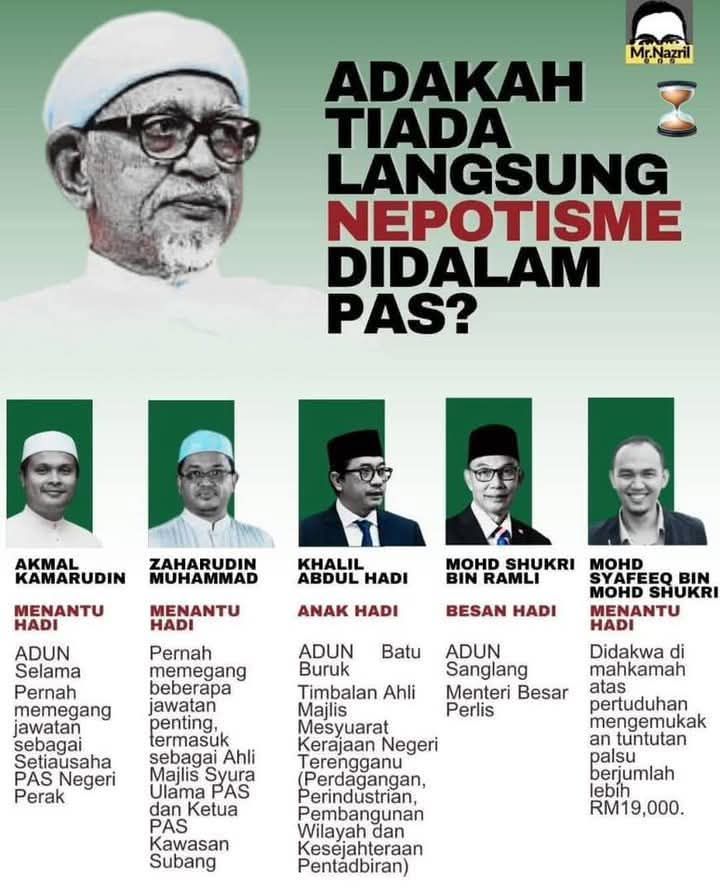
The unfortunate thing about Malaysia though is that people’s utility functions and the way that they make their decisions, at least in aggregate and within certain sub-classes of people within Malaysia, is such that people like this individual are likely to come to the top not necessarily due to any particular merit but instead because he happens to fit the correct religious profile.
Apparently, this is a sufficient condition – no need for ethics, no need for administrative skill, no need for anything beyond a qualification from a mediocre religious school…It also helps if they discriminate against the correct people while appealing to the weaker part of the population that somehow thinks that they are constantly persecuted or need to thrive and fight against colonialism even though it isn’t there in the same process becoming colonizers themselves while pretending that that’s not what they’re doing.
The unfortunate thing about democracy is that if enough people choose individuals like this to lead a country and if their propaganda effort succeeds, which we can at least partly see with some of these people in the heartlands of Malaysia with people who are less educated, then that’s probably what’s going to happen unless there is a realization that there is a danger in the first place on a wide scale, beyond any echo chamber, any language community, any platform – which means that if you merely leave this here and don’t talk about it, it will die as an issue unless you start discussing it.
Having said that, we are not completely blind on this or committed only to just raving about our personal opinions – there is a little bit of economics research about discrimination, most of it is done outside of Malaysia, and what is done in Malaysia concerns the private sector, not the public sector, the military, or otherwise.
Beyond Greg, Emily, Lakisha, and Jamal, we have our very own Muhammad Abdul Khalid and Lee Hwok Aun, who feature in the study of this extremely interesting topic with Discrimination of High Degrees; It is possible to study, understand, comprehend, and perhaps address this issue and the toxic subcultures that have come up around it.
I’ll have more to say about that, but for now, here’s a new video to enjoy – Apparently, Chinese People Cannot Defend Malaysia!

Discrimination is a fascinating topic, so expect more posts on this topic soon!
Meanwhile… Do you think that people with religious credentials should be leading Malaysia?
And what kind of future would Malaysia have economically if people like these were to presume to lead?
Feel free to let me know your thoughts in the comments!


